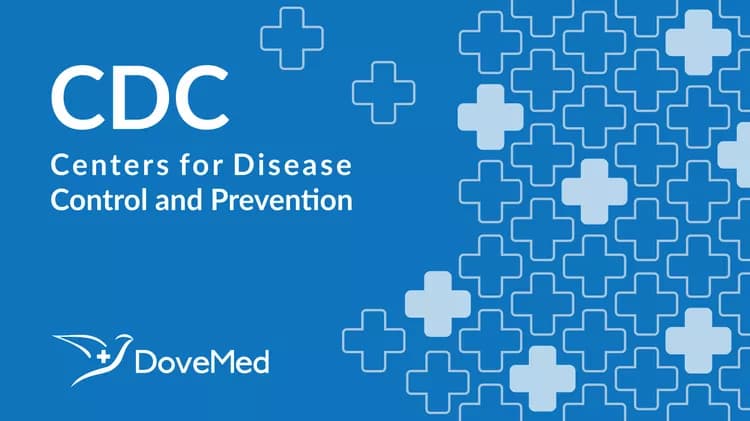
New Study Shows Limited Use of Electronic Medical Records
New Study Shows Limited Use of Electronic Medical Records
Less than a third of the nation’s hospital emergency and outpatient departments use electronic medical records, and even fewer doctors’ offices do, according to a report released today by the Centers for Disease Control and Prevention (CDC).
About 31 percent of hospital emergency departments, 29 percent of outpatient departments, and 17 percent of doctors’ offices have electronic medical records to support patient care, as reported in CDC’s ambulatory medical care surveys, conducted from 2001 to 2003.
The use of electronic records in health care lags far behind the computerization of information in other sectors of the economy. In health care, billing applications were the first to be computerized. Electronic billing systems are used in three-quarters of physician office practices, but computerization of clinical records has been much slower.
To help bring health care into the information age, President Bush called for the majority of Americans to have electronic health records within 10 years and established the role of a National Coordinator for Health Information Technology in order to realize this goal.
“Electronic medical records and computerized systems offer opportunities to improve the quality of medical care in all settings as health care providers learn the potential of these systems and how to use them,” said Catharine W. Burt, Ed.D., lead author of the study. “The majority of ambulatory care in this country is provided in physicians’ offices but less than one in five doctors is using electronic medical records.”
The survey measured the use of systems to improve the accuracy and safety of prescription drug use. About 8 percent of physicians use a computerized physician order entry system (CPOE), in which orders for drugs and diagnostic tests are entered electronically rather than on prescription pads. In these electronic systems, the computer compares the order against standards for dosing, checks for allergies or drug interactions, and warns of potential patient problems.
The study found younger physicians, those under 50 years of age, were twice as likely as physicians age 50 or over to use this computerized system for ordering prescriptions.
About 40 percent of hospital emergency departments use automated drug dispensing systems (ADD), compared to about 18 percent of outpatient departments. Other studies have shown that automated drug dispensing systems, that operate like vending machines where the order is written and the machine dispenses the correct drug and dosage for patients, can reduce medical errors. These automated systems were more likely to be in use in emergency departments located in metropolitan areas and those with the highest volume of patients. For outpatient departments, medical school affiliation was associated with use of automated drug systems.
“While national adoption rates for health information technology are slowly climbing, we are seeing a widening gap between larger hospitals and physician groups and their smaller counterparts,” said Dr. David Brailer, National Coordinator for Health Information Technology. “Physicians and providers face many barriers to adopting health information tools. We need to create incentives for providers to adopt electronic medical records and ensure the products they buy will do the job.”
The National Ambulatory Medical Care Survey of the care provided by office-based physicians and the National Hospital Ambulatory Medical Care Survey, covering hospital emergency and outpatient departments regularly report on the characteristics of patients, including diagnosis and symptoms, as well as the diagnostic and therapeutic care provided to track trends in the patterns and quality of medical care. Items on the use of electronic medical records were added to these comprehensive surveys of medical care providers to track important changes in their use of information technology.
“Use of Computerized Clinical Support Systems in Medical Settings: United States, 2001-2003” is available at www.cdc.gov/nchs.
Related Articles
Test Your Knowledge
Asked by users
Related Centers
Related Specialties
Related Physicians
Related Procedures
Related Resources
Join DoveHubs
and connect with fellow professionals

0 Comments
Please log in to post a comment.